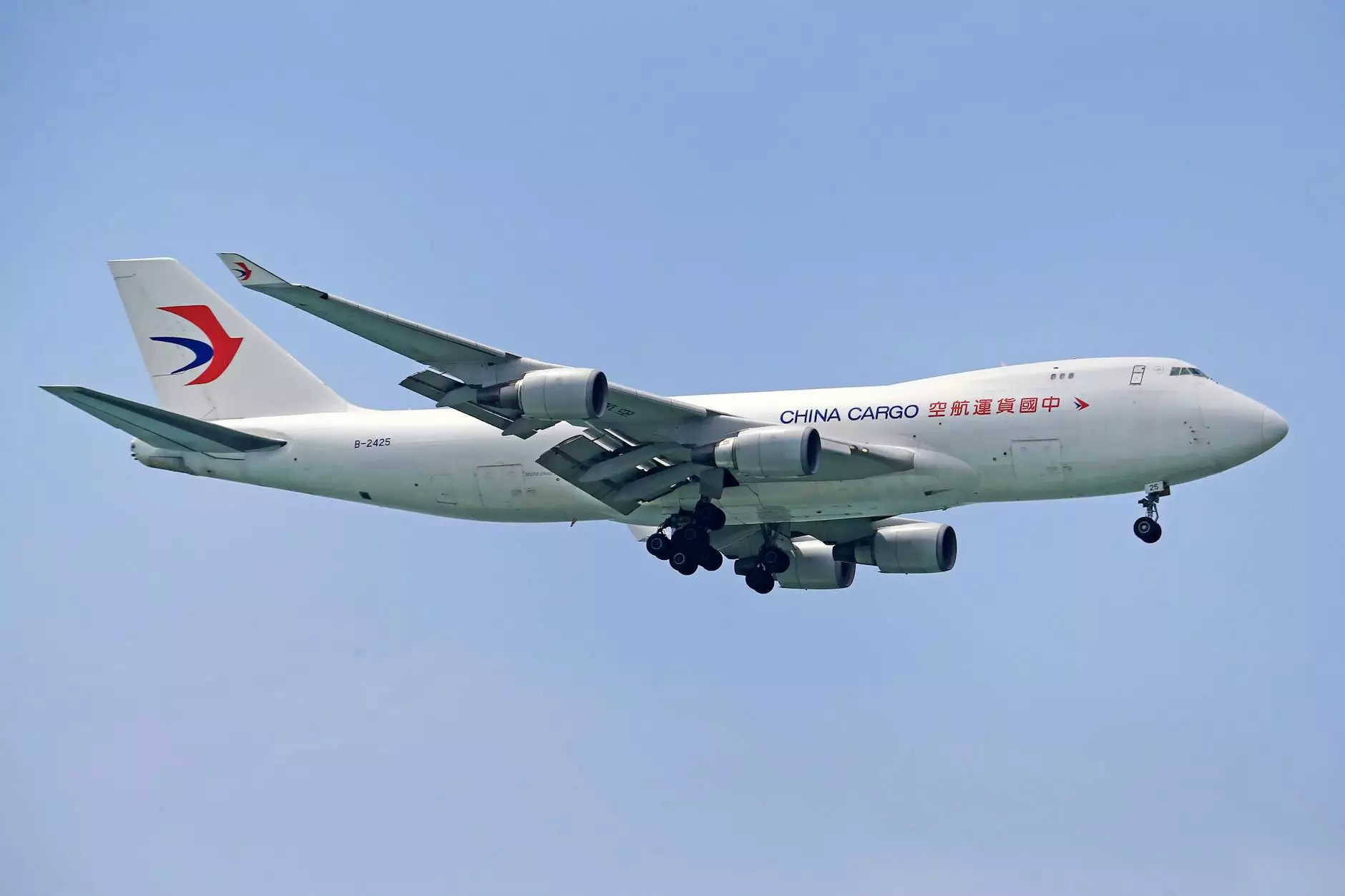Understanding Airplane Shipping Costs: A Comprehensive Guide

In today's global economy, airplane shipping has become an essential component for businesses looking to streamline their logistics and reach international markets quickly. However, navigating the airplane shipping costs can often be complex and daunting. This article will delve into the factors influencing these costs, how to manage them effectively, and tips for optimizing your shipping strategy to ensure competitiveness in your market.
What are Airplane Shipping Costs?
Airplane shipping costs refer to the expenses incurred when transporting goods via air freight. These costs encompass a variety of elements including, but not limited to, freight charges, fuel surcharges, customs fees, and handling costs. Understanding these components is critical for businesses to accurately budget for their shipping needs.
Key Factors Influencing Airplane Shipping Costs
Several factors play a crucial role in determining the airplane shipping costs that businesses face. Below, we explore these factors in detail:
- Weight and Size of the Shipment: Heavier and larger shipments generally incur higher fees. Airlines charge based on either the actual weight or the dimensional weight (volumetric weight), depending on which is greater.
- Distance and Route: The longer the distance the package must travel, the higher the cost. Additionally, certain routes may have higher demand, affecting pricing due to market fluctuations.
- Type of Goods: Shipping sensitive or hazardous materials typically entails additional charges due to the special handling required.
- Airline and Service Level: Different airlines may have different pricing structures. Additionally, expedited shipping options are usually more expensive than standard services.
- Seasonal Demand: During peak seasons, such as holidays, shipping costs can rise due to increased demand for air freight services.
- Insurance and Security: Adding insurance to your shipment to protect against loss or damage will increase costs. Similarly, heightened security measures may apply additional fees.
Breaking Down the Costs: A Closer Look
To truly understand airplane shipping costs, let's take a closer look at the main components involved:
1. Freight Charges
Freight charges are the base costs associated with transporting goods from one location to another. This charge can vary significantly depending on the carrier, service level, and any promotional discounts that may be available at the time of booking.
2. Fuel Surcharges
Fuel surcharges are often added to freight charges to account for fluctuations in fuel prices. These surcharges can change frequently, so it is essential to be aware of them when calculating overall costs.
3. Customs Fees
When shipping internationally, customs fees are applicable. These fees can depend on multiple factors such as the destination country, the type of goods being shipped, and their declared value.
4. Handling and Documentation Fees
Handling fees can include costs related to the loading and unloading of goods, as well as billing and documentation. Documentation fees may also apply if you require specific paperwork for customs clearance.
Tips for Managing Airplane Shipping Costs
To help your business manage airplane shipping costs more effectively, consider the following strategies:
1. Compare Carriers
Not all shipping carriers offer the same rates and services. By comparing several options, you can find the best balance of service and price for your shipping needs.
2. Optimize Packaging
Package your products in a way that minimizes weight and volume without compromising safety. Efficient packaging can significantly reduce both freight and fuel costs.
3. Consider Consolidation Services
Consolidating shipments can help reduce costs by combining multiple shipments into one larger shipment. This is especially useful for businesses that ship frequently.
4. Utilize a Freight Forwarder
Freight forwarders can offer expertise in logistics, and they often have established relationships with carriers which can lead to better rates. They also help manage the documentation process, easing your burden.
5. Stay Informed about Market Trends
Understanding market trends can help you anticipate pricing fluctuations. For example, shipping during off-peak seasons may yield lower rates.
The Importance of Transparency in Shipping Costs
Transparency regarding airplane shipping costs is crucial. Businesses should understand all potential costs associated with their shipments. Explicit breakdowns ensure that there are no unexpected charges that could potentially disrupt your budget.
Choosing the Right Shipping Partner
Selecting a reliable shipping partner is vital for businesses aiming to optimize their logistics. When evaluating potential partners, consider the following aspects:
- Service Reliability: Choose carriers known for their punctuality and damage-free delivery records.
- Customer Support: Opt for services with responsive customer support to address any issues that arise quickly.
- Tracking Capabilities: Real-time tracking capabilities can enhance your shipping experience by keeping you informed at every stage of the transit process.
Environmental Considerations in Air Freight
As awareness of environmental issues rises, many businesses are feeling pressure to reduce their carbon footprint. Air freight can be less environmentally friendly compared to ground transport, prompting a need for greener alternatives and strategies for mitigating environmental damage.
1. Explore Sustainable Packaging
Using eco-friendly packaging materials can help in reducing waste and the environmental impact of your shipping practices.
2. Carbon Offsetting Programs
Consider participating in programs that allow you to offset the carbon emissions from your air freight operations.
The Future of Airplane Shipping Costs
The global shipping industry is continuously evolving. Innovations in technology, shifting consumer preferences, and regulatory changes are all expected to impact airplane shipping costs. It is essential for businesses to stay adaptable and informed about these changes to maintain their competitive edge.
Final Thoughts on Airplane Shipping Costs
Understanding and managing airplane shipping costs is critical for any business engaged in global logistics. By considering the factors outlined above, optimizing your processes, and choosing the right partners, your business can navigate these costs effectively and sustainably. With the right strategies in place, you can ensure that your products reach their destinations quickly, efficiently, and within budget.
Get Started with Cargobooking.aero
For businesses looking to enhance their shipping strategies, cargobooking.aero offers comprehensive resources and tools to streamline your logistics needs. Whether you're seeking to understand airplane shipping costs better or looking for competitive shipping solutions, we are here to support you in achieving your goals.









